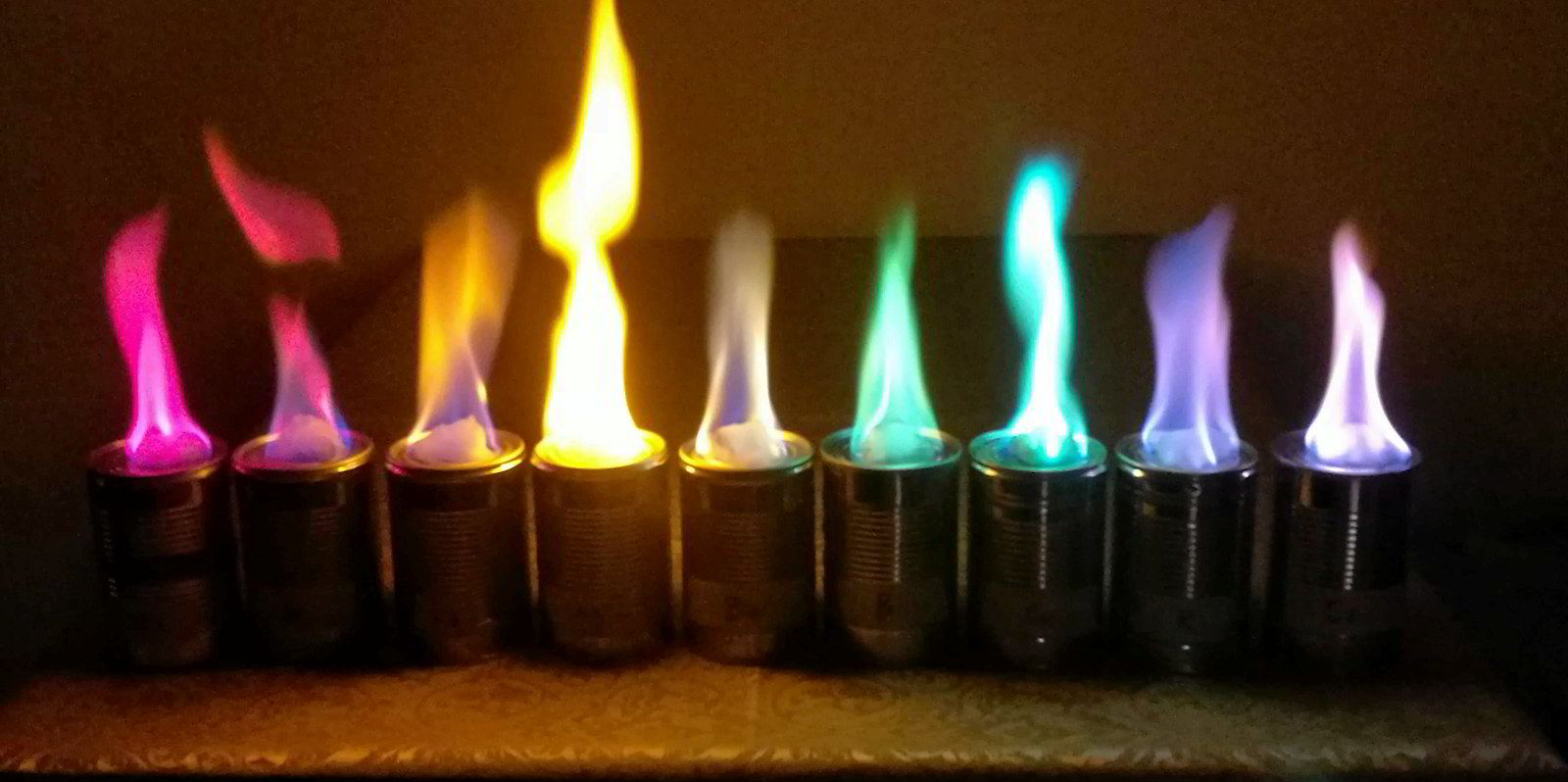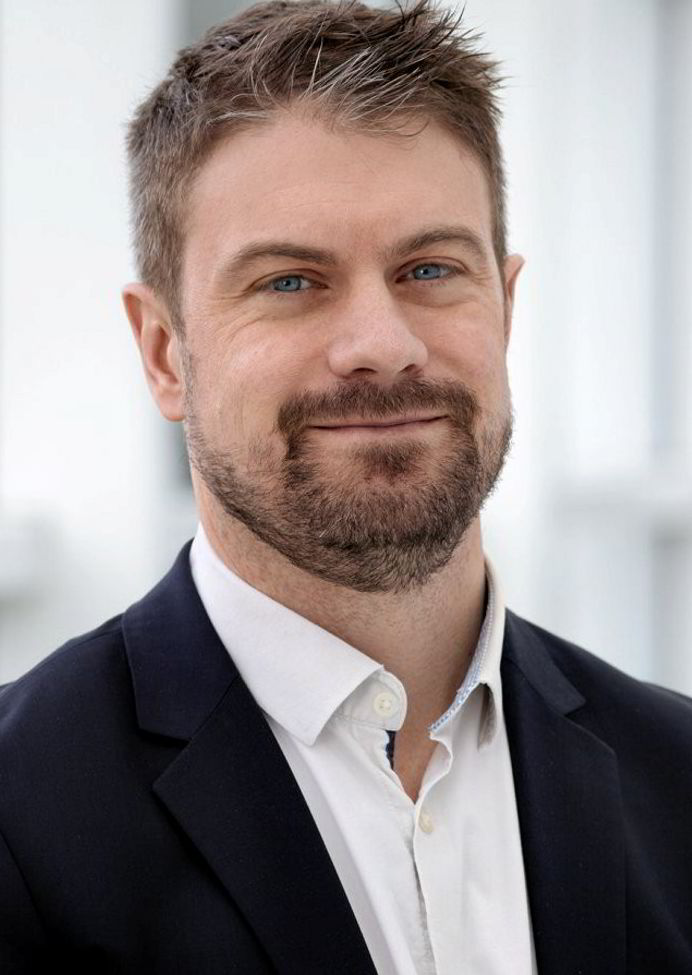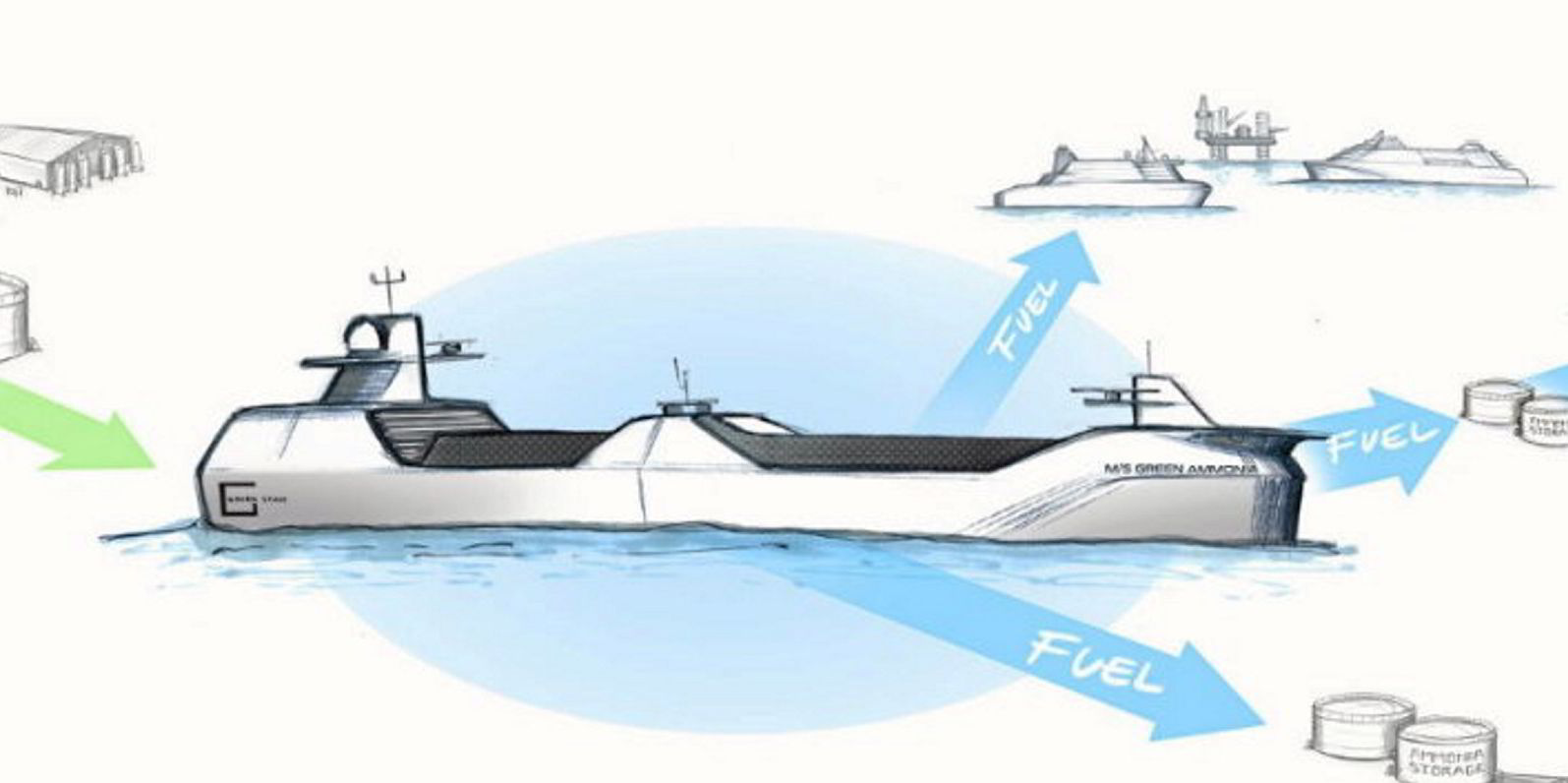Shipowners seeking green fuels to reduce greenhouse gas emissions may not need to physically load green fuels to get the benefits, according to experts.
As low-carbon and zero-carbon fuels start to become available for shipping, their availability will initially be limited in terms of volume, and given the costs of building new infrastructure, there are unlikely to be unique supply chains developed when ones already exist for the grey fuel alternatives.

This story is part of a series of articles looking at the future of fuels in shipping.
Click here to read the full report
Whether it is green hydrogen, green ammonia, green methanol or biofuels, the answer to this conundrum is not to focus on getting the green fuel itself to the shipowner wanting to purchase it, but to get the certificates behind it — green methanol, whether e-methanol or bio-methanol, has the same molecular structure as methanol currently made from natural gas. The same with ammonia and hydrogen, as well as some biofuels.
It is all about decoupling the benefits of the green fuel from the actual molecule.
It comes down to the lifecycle picture of the fuel and the development of a proven chain of custody using one of two methods. One is the book and claim approach, and the other is the mass balance method. Both are being looked at as ways to secure green fuel demand in shipping.
Norwegian ammonia and fertiliser maker Yara International has plans to supply industrial green and blue ammonia from plants in Norway and the US. The group has existing global infrastructure, said Vibeke Rasmussen, senior vice president of product management and certification at Yara Clean Ammonia, a subsidiary, but this infrastructure is being used for the supply of grey ammonia, a fertiliser and fuel, being produced from natural gas.
Yara’s plans are to increase green and blue ammonia production in line with its commitments and the demand it sees coming from its customers, but to still use its existing infrastructure.
“With the small quantities, when we start trading green ammonia, there might be a large distance between producer and user, so we argue that there should be a virtual network that exists,” explained Rasmussen, which is where the book and claim and mass balance approach could be used.
Book and claim
“In the book and claim, you get a certificate at the gate of the factory telling how many tonnes of green ammonia you have produced and register it, and then when someone else purchases ammonia somewhere else, they can also purchase the certificate and the green attributes attached to the green ammonia,” she said.
The key is generating verifiable tokens and certification at the point where the fuel is produced. This involves separating them from the actual fuel and making them available for shipowners. Shipowners can choose to pay for the fuel or cater to owners with customers looking to use green fuels to reduce their Scope 3 emissions but do not have direct access to the fuels.


This summer the Global Maritime Forum announced a trial book and claim system with a number of ship operators, logistics companies and Yara.
The book claim approach is also fuel agnostic, given it is focused on certification based on greenhouse gas intensity and not how much of a specific green fuel is used.
The Maersk Mc-Kinney Moller Center for Zero Carbon Shipping has also launched a project looking into book and claim. The difference with this potential system, said Frederik Jacobsen, project manager at the centre, is that it is a system for shipowners to book and claim fuels between themselves.
It is similar to the approach described by Rasmussen, where a registry of verified booked tokens is needed. Jacobsen agreed it is a form of insetting, like offsetting but kept within one industry or group of players in an industry so it can be accountable, verified and built around trust.
He added that the main objective of this book and claim proposal is to incentivise owners to make investments in green fuels and enable them to recover a portion of the capital investment in the fuel.
Mass balance
But for the European Union compliance under the Fuel EU Maritime rules, Rasmussen thinks a mass balance chain of custody will need to be used as the EU regulations call for a real increase in low-carbon fuel use.
“It means you then have to physically deliver or trace your ammonia throughout the value chain,” she said.
This gets more complicated, but the principle is somewhat similar. A fuel producer generates a certain volume of green fuel, and it is fed into a supply intended for use, but then each party involved in the supply chain will need to be certified and have its greenhouse gas contribution accounted for.
“They will need to be a certified operator and allowed to recalculate and add on their own footprints because you will have one footprint when coming out of the [factory] gate, and of course when you ship it you will add carbon footprints from the shipment and you will have to add these towards the end user,” said Rasmussen.
So each bunker delivery could have a unique set of calculations for its cargo intensity, with the fuel being a possible blend of green, blue and grey fuels, and the calculations would encompass supply chain emissions as well.
OCI Group, another fuel producer, is eyeing the green methanol potential in shipping through a subsidiary, OCI HyFuels. The company told TradeWinds it employs mass balance, stating that it is a market-based accounting instrument that is recognised and accepted under the Greenhouse Gas Protocol, Europe’s Renewable Energy Directive and the ISCC International Sustainability and Carbon Certification.
“For low-carbon and renewable fuels, it certifies the environmental impacts of the end product (eg methanol) through production and distribution and ensures the traceability of renewable molecules through the supply chain,” the company said.
Rasmussen also noted that fuel makers can mass balance in storage tanks and bunker suppliers who acquire the right certification can also mass balance in their storage tanks in ports.
This means that while owners will pay for green fuels they could get a blend, one which may have lower percentages of green in the beginning but as fuel makers ramp up green production and it becomes larger by volume that blend will change, but it is those who pay for green fuels that will be able to reap the lifecycle benefits regardless.
Lifecycle certification
Both the book and claim and mass balance methods rely on the verification of certificates and the regulations to be in place, particularly the calculations for lifecycle emissions of fuels still under discussion at the International Maritime Organization.
But there is a potential further complication according to Daniel Barcarolo, head of regulatory affairs at the Maersk Mc-Kinney Moller Center. The IMO’s lifecycle calculations could differ from those of the EU reporting systems to which owners need to adapt.
There will be workshops at the IMO in December on fuel lifecycle calculations, and Barcarolo says this could help bring more clarity.



